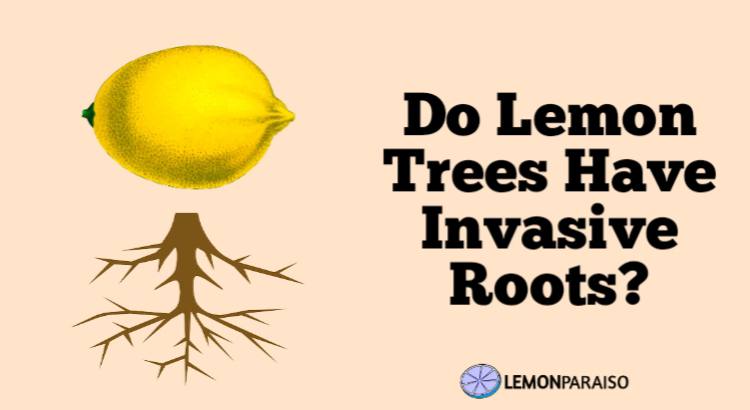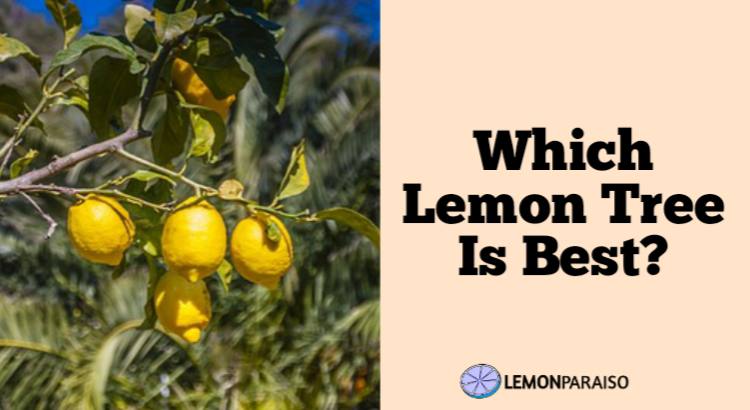The Ponderosa Lemon Tree: A Planting and Care Guide
To the gardening enthusiast and citrus lover, the Ponderosa Lemon Tree offers a captivating world of exploration and discovery. This unique citrus hybrid, a proud result of a cross between a lemon and a citron, offers distinctively large fruits that carry a certain charm with them.
What Is A Ponderosa Lemon Tree?
The Ponderosa Lemon Tree, also known as ‘Citrus x pyriformis’, is a unique and rather interesting citrus hybrid plant. Believed to be a cross between a lemon and a citron, it is recognized for its distinctively large and unusual fruits. These fruits are often twice the size of a regular lemon, setting the Ponderosa Lemon Tree apart from other citrus varieties.
Renowned for its year-round flowering and fruit production, this tree is a favored choice for home gardening enthusiasts. Besides its fruits, the tree is also admired for its dark green foliage and fragrant flowers. The Ponderosa Lemon Tree is an indoor/outdoor plant, often grown indoors in colder climates and brought outside during warmer months.
How Big Does A Ponderosa Lemon Tree Grow?
Ponderosa Lemon Trees can reach a considerable size if grown in the ground, typically measuring between 12 to 24 feet in height. The tree often grows upright and bushy, spreading out its branches quite widely. Its size contributes to the substantial yield of large lemons that this tree is well-known for.
However, when grown in a container, the size of a Ponderosa Lemon Tree is much smaller, often staying between 3 to 5 feet tall. This is largely due to the restricted root growth and makes the tree suitable for indoor cultivation. Despite its reduced size, container-grown trees can still produce a good crop of lemons.
What Are The Characteristics Of Ponderosa Lemons?
Ponderosa lemons are particularly notable for their massive size, often weighing from one to two pounds each. They boast a bright yellow skin that’s somewhat thicker and bumpier than a regular lemon. The fruit has a unique shape, being somewhat oval or pear-shaped, hence the scientific name ‘Citrus x pyriformis’, which means ‘pear-shaped citrus’.
Inside, Ponderosa lemons have a pale yellow, highly acidic flesh that’s divided into a number of segments. They contain several seeds and yield a large amount of juice, making them great for culinary uses. While not as smooth as other citrus varieties, the unique characteristics of Ponderosa lemons make them stand out.
Can I Grow A Ponderosa Lemon Tree In My Climate?
The Ponderosa Lemon Tree, like most citrus plants, thrives in a warm, sunny climate. It is particularly well-suited to USDA zones 9 through 11, where temperatures rarely drop below freezing. The tree requires at least six hours of sunlight a day and prefers a temperature range of 55 to 85 degrees Fahrenheit.
However, this doesn’t mean you can’t grow a Ponderosa Lemon Tree if you live in a cooler climate. These trees can also be grown indoors or in a greenhouse, where temperature and lighting conditions can be more easily controlled. Just be sure to transition the tree slowly when moving it between indoors and outdoors to avoid shock.
How Long Does It Take For A Ponderosa Lemon Tree To Bear Fruit?
Ponderosa Lemon Trees are relatively quick to bear fruit when compared to some other fruit trees. From a seedling, you can usually expect to see your first fruit in about 3 to 6 years. Once mature, the tree will continue to produce fruit year-round, with peak production often in winter and early spring.
Grafted trees, on the other hand, can bear fruit in as little as 2 to 3 years. This is because grafted trees are essentially mature trees that have been attached to hardy rootstock. The maturity of the tree’s upper part allows it to produce fruit much faster than if grown from seed.
Are Ponderosa Lemons Sweeter Than Regular Lemons?
Despite their large size and unique appearance, Ponderosa lemons taste very similar to regular lemons. They possess the same tangy, acidic flavor that we associate with most citrus fruits. Some people might find them slightly sweeter, but overall, the flavor is quite comparable to that of a standard lemon.
That being said, due to their size, Ponderosa lemons contain more juice than regular lemons. This means you’ll get more bang for your buck in terms of flavor when using these lemons. Their unique texture and size also make them a novel addition to any dish or drink.
What Are The Care Requirements For A Ponderosa Lemon Tree?
The Ponderosa Lemon Tree needs a sunny location and well-draining soil to thrive. It requires consistent watering, but do be careful not to overwater as this can lead to root rot. When grown outdoors, the tree prefers a moderate climate and needs protection from freezing temperatures.
Regular pruning will keep your Ponderosa Lemon Tree healthy and productive. This helps to encourage better air circulation and light penetration, reducing the risk of disease. A balanced citrus fertilizer can be applied to provide the necessary nutrients for growth and fruit production.
Can I Grow A Ponderosa Lemon Tree In A Container Or Pot?
Absolutely, a Ponderosa Lemon Tree can be successfully grown in a container or pot. In fact, container growth is often preferred for those living in cooler climates, as it allows for easy transportation of the tree indoors during colder months. This also helps to control the size of the tree, making it easier to manage.
Choose a container that’s large enough to accommodate the root system, ideally one that’s at least twice the size of the root ball. It should also have adequate drainage to prevent waterlogging. Regular repotting or root-pruning will be necessary to prevent the tree from becoming root-bound.
Are There Any Specific Pests Or Diseases That Affect Ponderosa Lemon Trees?
Ponderosa Lemon Trees are susceptible to many of the same pests and diseases as other citrus trees. Common pests include aphids, scale, and spider mites. Regular inspection and use of appropriate pest control methods can help keep these pests in check.
In terms of diseases, root rot from overwatering is a common issue. Citrus canker and greasy spot are two diseases that may affect the leaves and fruit. Good cultural practices such as proper watering, pruning, and sanitation can help prevent these diseases.
Can I Use Ponderosa Lemons In The Same Way As Regular Lemons In Cooking And Baking?
Yes, Ponderosa lemons can be used in the same way as regular lemons in cooking and baking. Their large size and high juice content make them ideal for recipes requiring a lot of lemon juice. They add the same tangy, acidic flavor to dishes as regular lemons do.
The rind of the Ponderosa lemon can also be used in recipes. It’s great for zesting, adding a bright citrus note to baked goods, sauces, or cocktails. Just remember, due to the larger size, a recipe that calls for the juice or zest of one lemon may require only half of a Ponderosa lemon.




